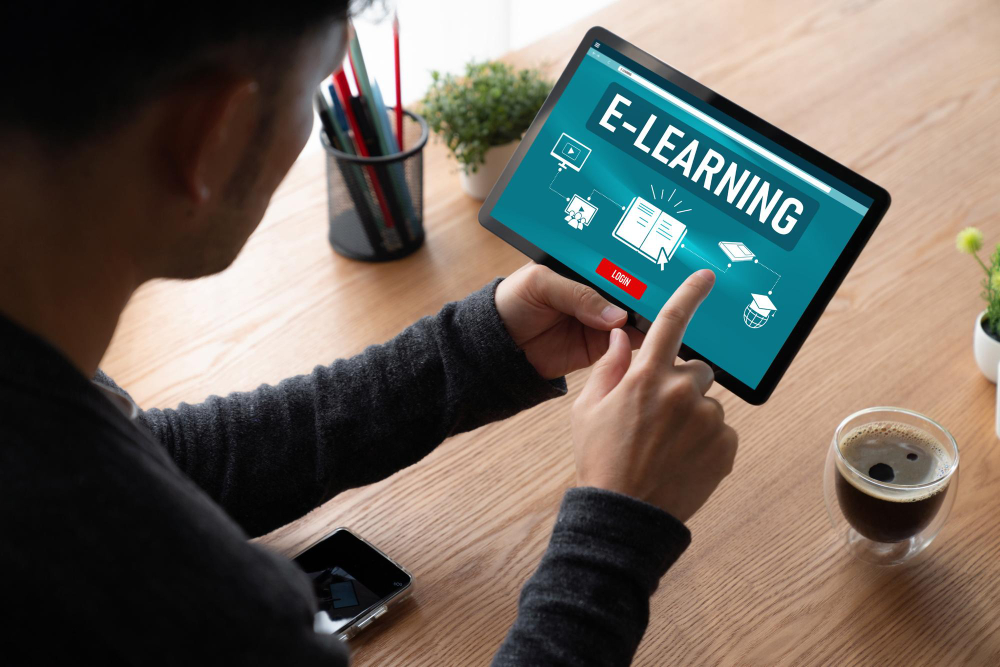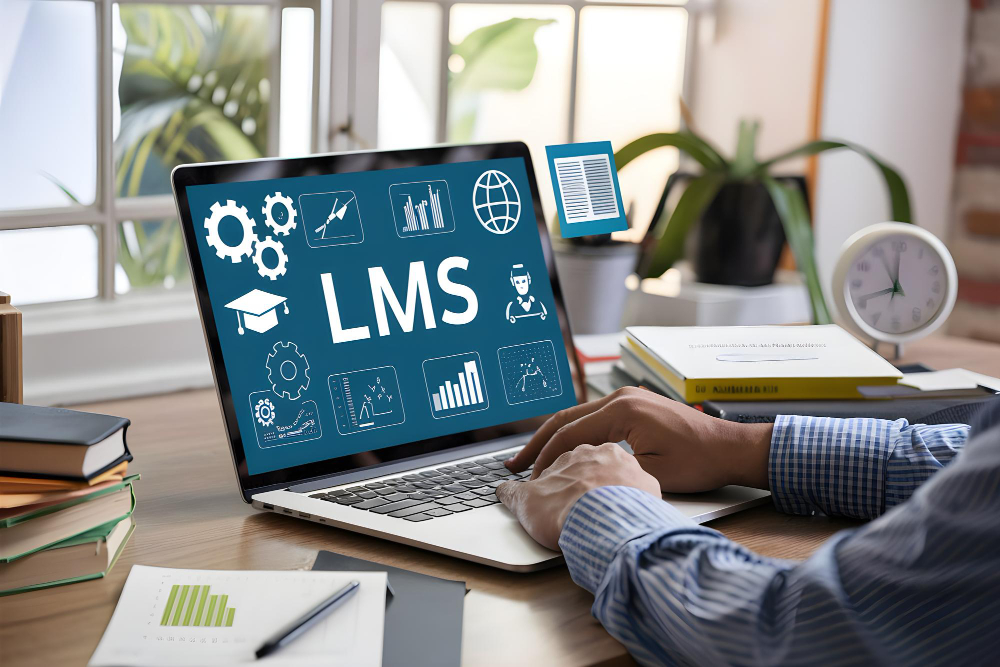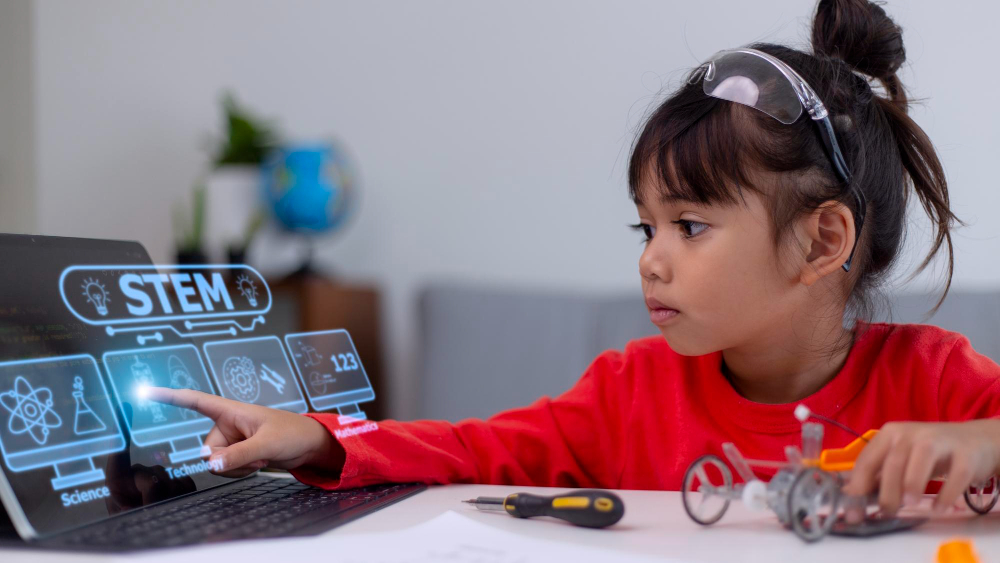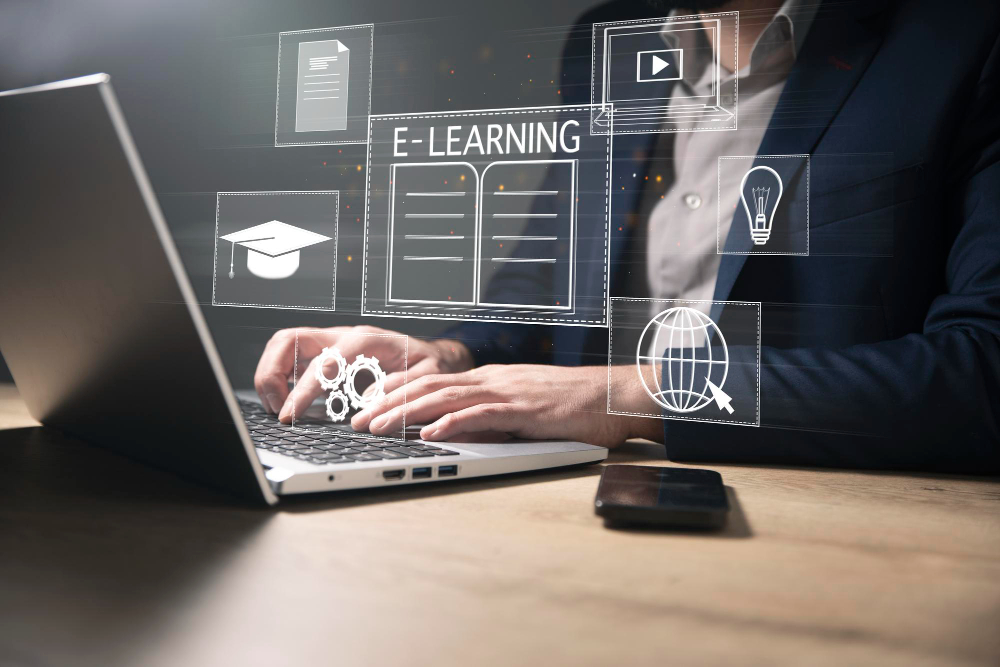
Thursday, 20Nov 2025
Adaptive Learning Technology Transforms Educational Personalisation: Creating Tailored Pathways for Every Student
Beyond One-Size-Fits-All Education Adaptive learning technology transforms…

Thursday, 23Oct 2025
Learning management systems bridge the traditional divide between corporate training and academic education, creating unprecedented opportunities for unified learning approaches. Organizations across sectors increasingly face similar challenges: delivering personalized learning experiences, measuring outcomes effectively, managing diverse content libraries, and adapting to changing knowledge requirements. The statistics tell a compelling story—institutions implementing unified LMS solutions report 47% greater cross-departmental collaboration, 38% improvement in content reusability, and 42% reduction in administrative overhead. These aren’t incremental improvements; they represent a fundamental shift in how learning infrastructure serves diverse organizational needs.
Historically, corporate and educational learning systems developed along separate paths:
Traditional corporate training focused on:
Meanwhile, educational institutions prioritized:
This separation created parallel technologies serving fundamentally similar human learning needs through artificially distinct approaches. The result: duplicated efforts, missed opportunities for cross-pollination, and learning systems that failed to benefit from advances in adjacent sectors.
Several powerful forces now drive the convergence of learning management approaches:
The traditional boundaries between education and workplace learning have dissolved:
These realities demand learning infrastructure that supports seamless transitions between educational and professional development contexts.
Research on effective learning transcends institutional boundaries:
Modern LMS solutions incorporate these universal principles rather than maintaining artificial distinctions between corporate and academic approaches.
Technical standards have unified previously separate development paths:
These technical convergences make cross-sector LMS solutions not just possible but increasingly inevitable.
Modern LMS platforms provide adaptable frameworks that serve multiple contexts:
This flexibility allows a single system to serve diverse departments or even entirely different organizations without forcing standardization where specialization matters.
Unified learning platforms excel at managing diverse content types:
These capabilities ensure that valuable learning materials remain accessible, current, and optimized regardless of their origin or application.
Modern LMS solutions provide nuanced approaches to learning progression:
These features support both structured academic progression and flexible corporate skill development within a single framework.
Data-driven decision making requires comprehensive analytics:
These capabilities serve both academic assessment needs and corporate performance evaluation requirements.
Successful implementations begin with inclusive planning:
This collaborative approach ensures that the system serves diverse needs without defaulting to lowest-common-denominator functionality.
Complex learning ecosystems benefit from incremental deployment:
This measured approach builds confidence while managing change effectively.
Existing learning data represents significant organizational value:
Thoughtful data migration ensures that organizational learning history remains accessible and valuable.
Learning management systems must connect with broader technology ecosystems:
These connections ensure that the LMS functions as part of a coherent technology landscape rather than an isolated system.
Business environments benefit from specific LMS applications:
Unified LMS platforms transform employee onboarding through:
A multinational corporation implemented this approach and reduced time-to-productivity for new hires by 34% while improving retention by 28% during the critical first six months.
Regulatory requirements demand robust tracking and verification:
These capabilities transform compliance from an administrative burden to a streamlined process with clear accountability.
Revenue teams require specialized knowledge delivery:
These applications directly connect learning activities to revenue outcomes, demonstrating clear business impact.
Academic environments leverage different LMS strengths:
Educational standards require structured content organization:
These capabilities ensure that educational programs deliver comprehensive coverage while adapting to changing requirements.
Learning verification requires diverse evaluation approaches:
This assessment flexibility supports authentic evaluation while maintaining academic integrity.
K-12 environments benefit from family communication features:
These connections strengthen the critical school-home partnership that supports student success.
Artificial intelligence is transforming learning personalization:
These capabilities create truly personalized experiences without requiring manual intervention for every learner.
Immersive learning experiences are becoming mainstream:
These technologies bridge theoretical knowledge and practical application in both corporate and educational contexts.
Knowledge mapping is evolving beyond simple prerequisites:
These capabilities connect learning activities directly to career development across organizational boundaries.
Learning management systems have evolved from simple content delivery platforms into sophisticated ecosystems that bridge traditional divides between corporate and educational environments. By recognizing the fundamental similarities in human learning while accommodating specialized needs, these unified platforms create unprecedented opportunities for collaboration, efficiency, and effectiveness.
Organizations that embrace this convergence gain significant advantages: reduced technology overhead, improved content sharing, consistent learning experiences, and more seamless transitions between educational and workplace contexts. As work and learning continue to blend throughout careers, the artificial separation between corporate and educational approaches becomes increasingly counterproductive.
The future belongs to unified learning ecosystems that support lifelong development across traditional boundaries, creating continuity where fragmentation once prevailed.
Learning Owl specializes in implementing unified learning management systems that bridge corporate and educational needs. Our team combines deep expertise in both sectors with technical implementation excellence to create learning ecosystems that serve diverse organizational requirements while maintaining specialized functionality where it matters most.
Contact Learning Owl today to discover how our LMS implementation services can transform your approach to learning infrastructure and create a unified foundation for organizational knowledge development.

Thursday, 20Nov 2025
Beyond One-Size-Fits-All Education Adaptive learning technology transforms how educational content responds to individual learner needs, creating unprecedented opportunities for personalized mastery across diverse student populations. Traditional educational approaches—standardized content delivery,…
Read More line_end_arrow_notch
Monday, 17Nov 2025
Reimagining Scientific Discovery STEM eLearning innovations transform how students engage with scientific and mathematical concepts, creating unprecedented opportunities for deeper understanding and authentic inquiry. Traditional science and mathematics education—textbook explanations,…
Read More line_end_arrow_notch
Thursday, 13Nov 2025
Beyond Checkbox Compliance Compliance training strategies transform how insurance organizations approach regulatory requirements, converting what many view as burdensome obligations into operational advantages. The insurance industry faces one of the…
Read More line_end_arrow_notch